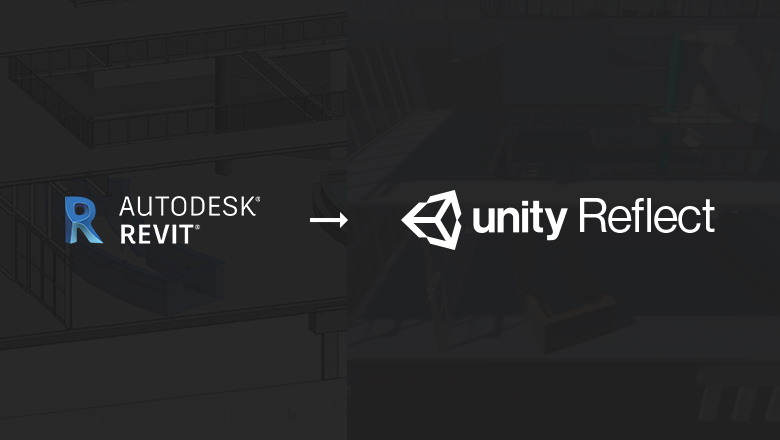& Construction

Integrated BIM tools, including Revit, AutoCAD, and Civil 3D
& Manufacturing

Professional CAD/CAM tools built on Inventor and AutoCAD
2 min read
Unity Technologies has announced plans to release Unity Reflect, a new product that connects to Revit to make it easier for project stakeholders to review and make updates to BIM or CAD projects in immersive, interactive 3D environments. Unity Reflect will be available in fall 2019. Sign up here to receive updates on Unity Reflect.
The integration of Revit is part of a broader collaboration between Unity and Autodesk to help ensure full data interoperability between many Autodesk products and Unity.

Unity Reflect transfers data from Revit in real-time 3D in just one click. Having native integration with Revit, it unlocks the ability to automatically sync design changes in Revit across any real-time 3D platform, from mobile and desktop to virtual reality (VR) and augmented reality (AR).
To use Reflect, you first install the Unity Reflect plugin, which will let you transfer and prepare data for real-time 3D experiences directly from Revit. Note that in addition to this out-of-the-box support for Revit, Unity is developing a series of APIs that will allow other design applications to publish and sync to the Reflect framework.
Then, with one click, you start the sync of BIM/CAD data to Unity Reflect and create a collaborative real-time 3D experience. Changes you make in Revit are then synched to and displayed in Reflect.
Behind the scenes, through a seamless data federation process hosted on a local machine or a network server, Unity Reflect brings together BIM data from multiple designers and engineers working on different systems in one model. It automatically optimizes this data for real-time 3D, which otherwise can be a difficult and time-consuming process.
Once all models are federated, Unity Reflect creates an interactive 3D rendering that can be distributed to any platform supported by Unity and is live-linked to Revit, allowing real-time collaboration and customization.
Stakeholders can review the rendering on the platform of their choice: iOS, Android, Mac, PC, AR/VR devices, and more. And users don’t need to be in the same room — or on the same device. For instance, one participant can review on a VR headset, another can use their tablet to create an AR tabletop experience, and others can access the real-time 3D experience on their laptops.
Unity Reflect supports multiple concurrent viewers, allowing various project stakeholders, from clients to field construction teams, to access this unified view simultaneously, without requiring access to design applications. With the live link, as stakeholders share ideas and provide instant feedback, designers can make changes in their applications and Unity Reflect will update the rendering in real-time for all viewers.

Unity Reflect will be available in fall 2019. You can receive updates on Unity Reflect by signing up here.
By clicking subscribe, I agree to receive the AEC newsletter and acknowledge the Autodesk Privacy Statement.
Success!
May we collect and use your data?
Learn more about the Third Party Services we use and our Privacy Statement.May we collect and use your data to tailor your experience?
Explore the benefits of a customized experience by managing your privacy settings for this site or visit our Privacy Statement to learn more about your options.